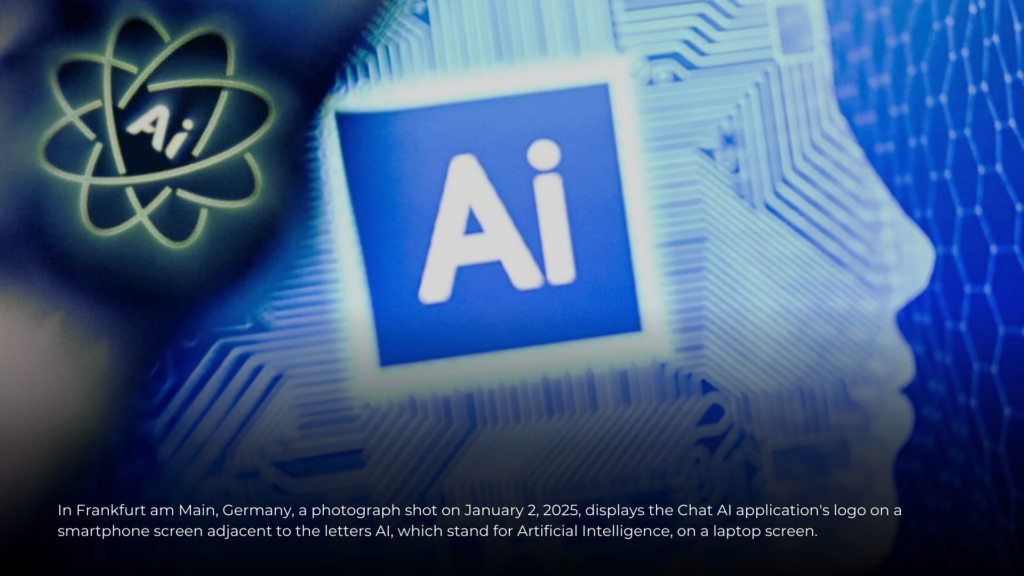
A friend of mine just told me how happy he was with ChatGPT’s assistance with his class essay. “ChatGPT is my savior for someone like me who is not very good at structuring my sentences,” he remarked. But only a few days prior, a teacher voiced her annoyance at pupils turning in writings that were produced by AI and were rife with flowery language and overused qualifiers. We both acknowledged that their writing abilities might not be sufficiently advanced to identify the generic AI voice, even though she wished they had altered their work to seem more human.
These divergent experiences draw attention to a developing discussion: Does AI promote freedom of expression or impede intellectual development? Critics contend that relying too much on AI stifles originality and creativity in writing. However, this viewpoint ignores the fact that AI is changing the way we approach communication, not making us worse writers.
The Evolution of Writing
Artificial intelligence (AI) tools are not intrinsically bad; rather, they help people who have trouble speaking communicate concepts that they might otherwise find difficult to articulate. AI-generated drafts increase productivity in work settings where effective communication is essential. Students that use AI in the classroom are still interacting with language and structure, but in a different way. Relying on AI is sometimes thought of as intellectually lazy, but this isn’t true because writing has always advanced with technology, from typewriters to word processors to spell checks.
AI as an Educational Tool
Writing must continue to be a laborious, lonely endeavour, according to the worry that pupils will lose their capacity for independent writing. However, education should focus on giving students the skills they need to succeed in an AI-assisted future rather than on preserving existing approaches. Isn’t it an indication that education should change rather than fight if students find it difficult to distinguish between AI-generated nonsense and meaningful writing? Teachers should include AI into their classes rather than outright prohibit it, teaching pupils how to evaluate and improve drafts produced by AI. Just as calculators became indispensable in maths instruction, the objective should be to teach students how to utilize AI successfully rather than to exclude it from the classroom.
Productivity vs. Mastery
AI shortcuts, according to some, deprive pupils of the discipline required to generate creative ideas. However, writing is more than just working on initial drafts; it is really about sharing ideas. Why reject AI if it can help students focus on honing their arguments and increasing clarity by easing some of the writing-related annoyances? Instead of worrying that AI will make kids less capable, teachers can concentrate on teaching them how to engage with AI critically by asking them to challenge its biases, validate sources, and use it as a brainstorming partner rather than a definitive solution.
Rethinking Assessment
The reality is that traditional homework assignments and essays are becoming less reliable measures of student ability in an AI-driven world. Rather than lamenting AI’s role in education, institutions should rethink assessments to prioritize analytical thinking, in-class writing exercises, and interactive discussions. If students can quickly generate AI-assisted drafts, the challenge should be in how they refine and defend their arguments. The real skill lies not in avoiding AI, but in knowing when and how to use it effectively.
A reactionary position that undervalues human adaptability is the worry that AI would lead to mediocrity. AI is changing writing in the same way that earlier inventions changed communication. We should encourage students to interact critically with AI rather than discourage its usage, making sure they acquire both digital literacy and creative thinking. Rather than opposing change, educators should welcome AI as an empowering tool that improves communication skills rather than detracts from them.
How do you feel about this article?





